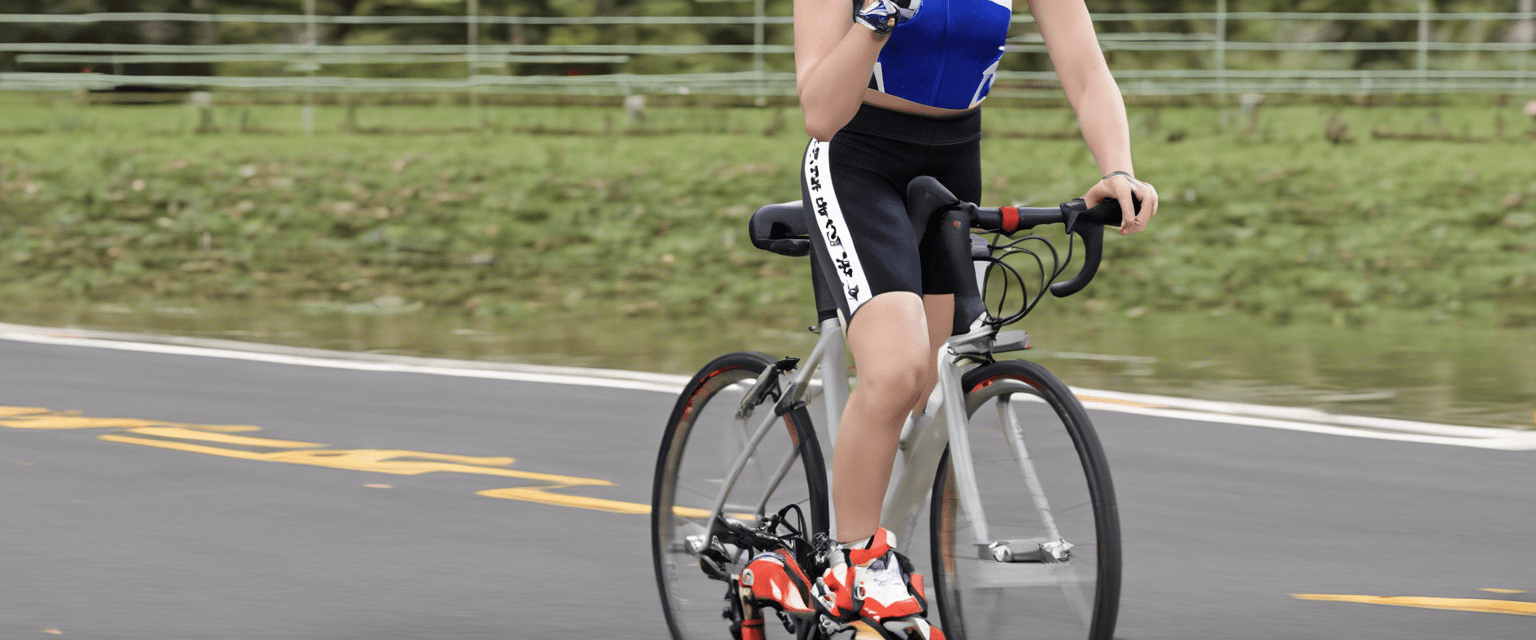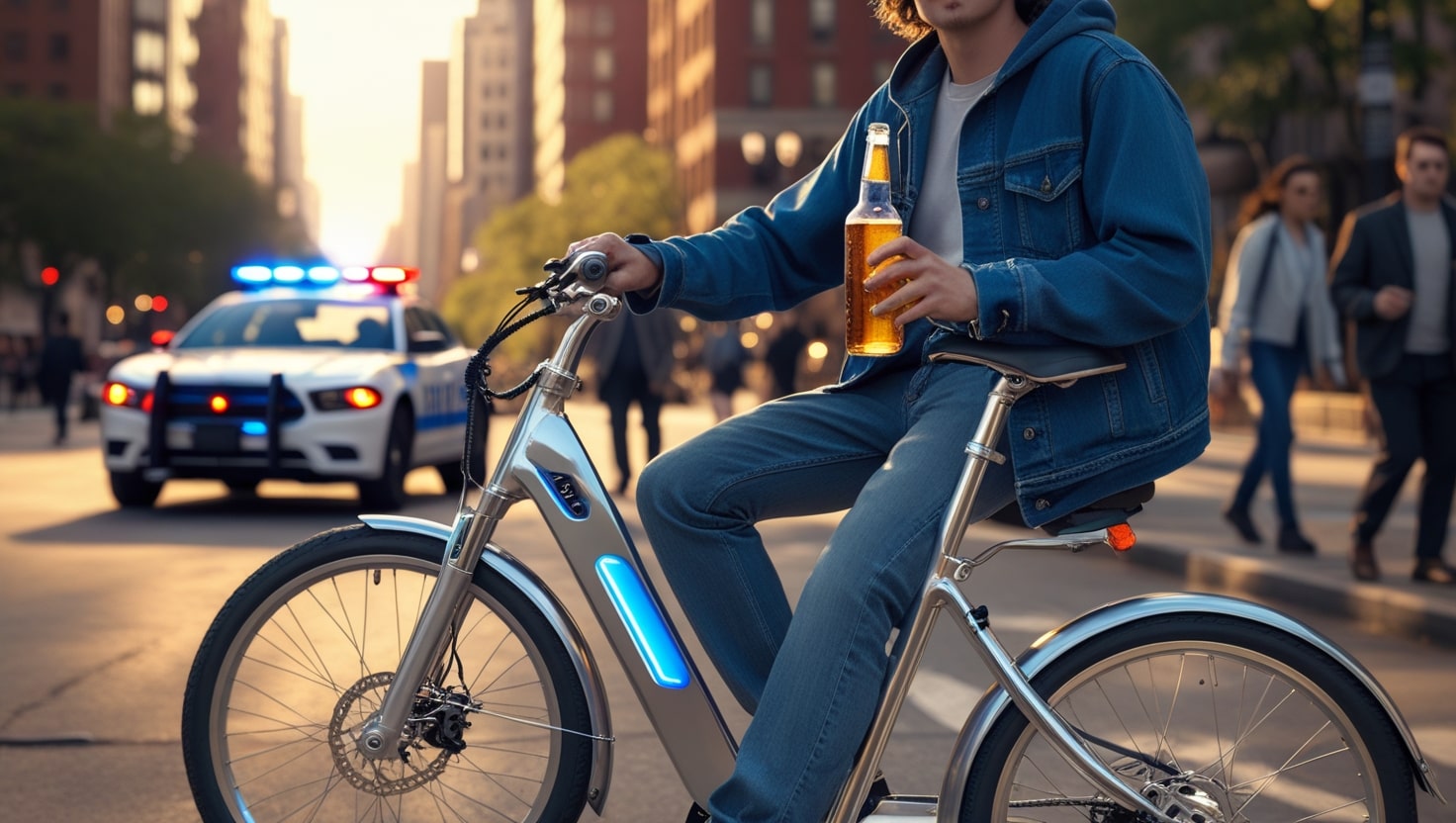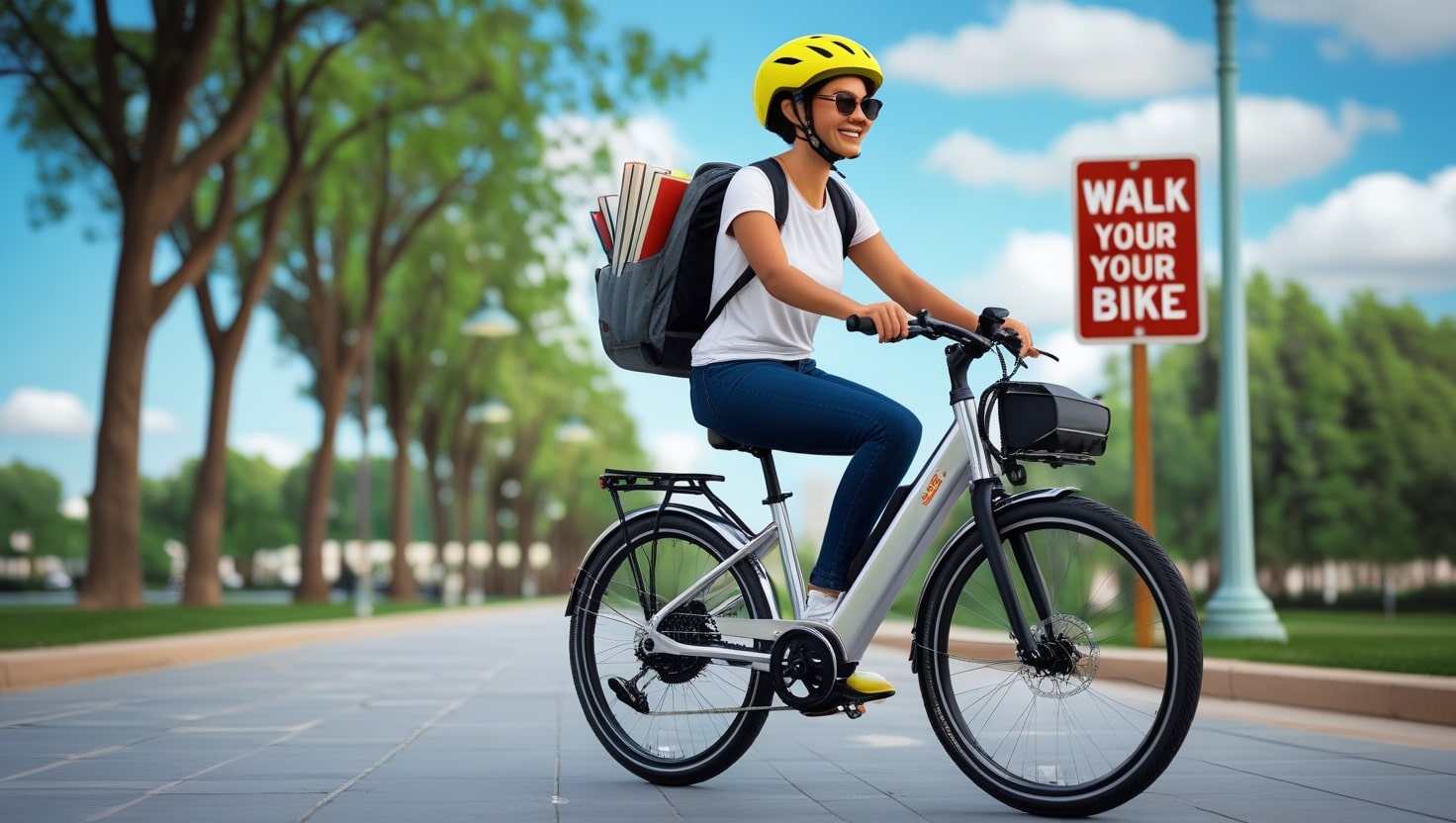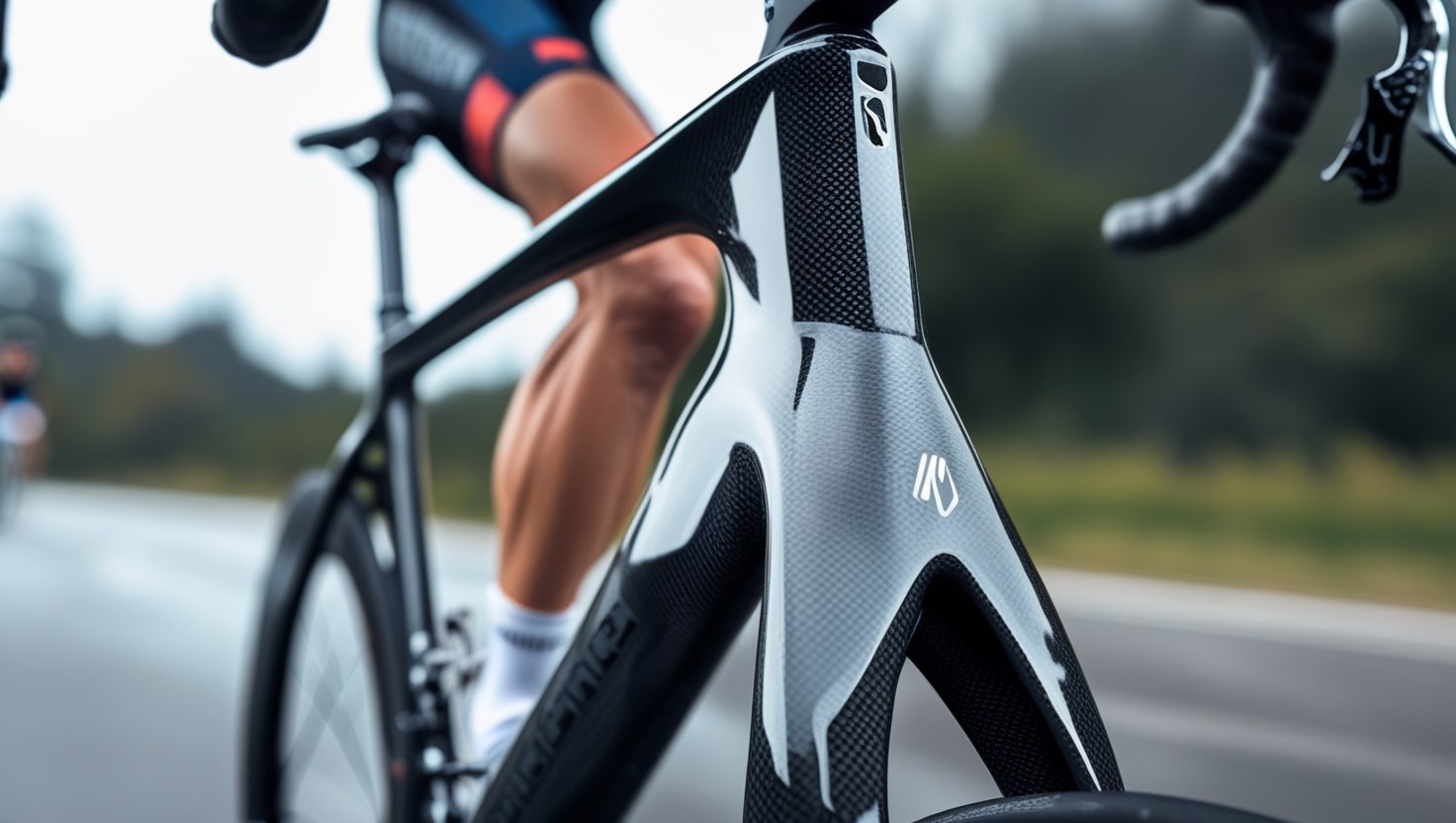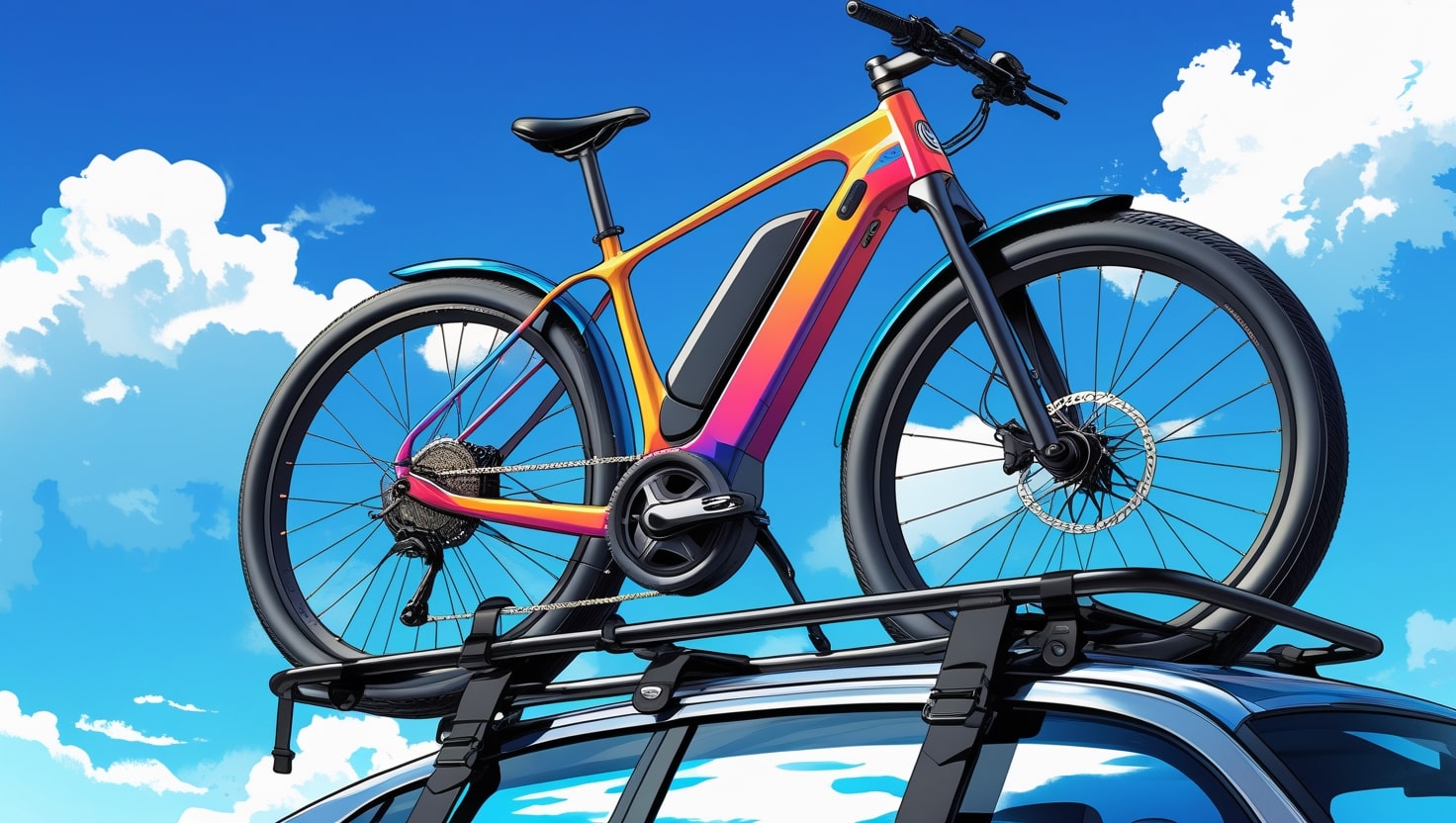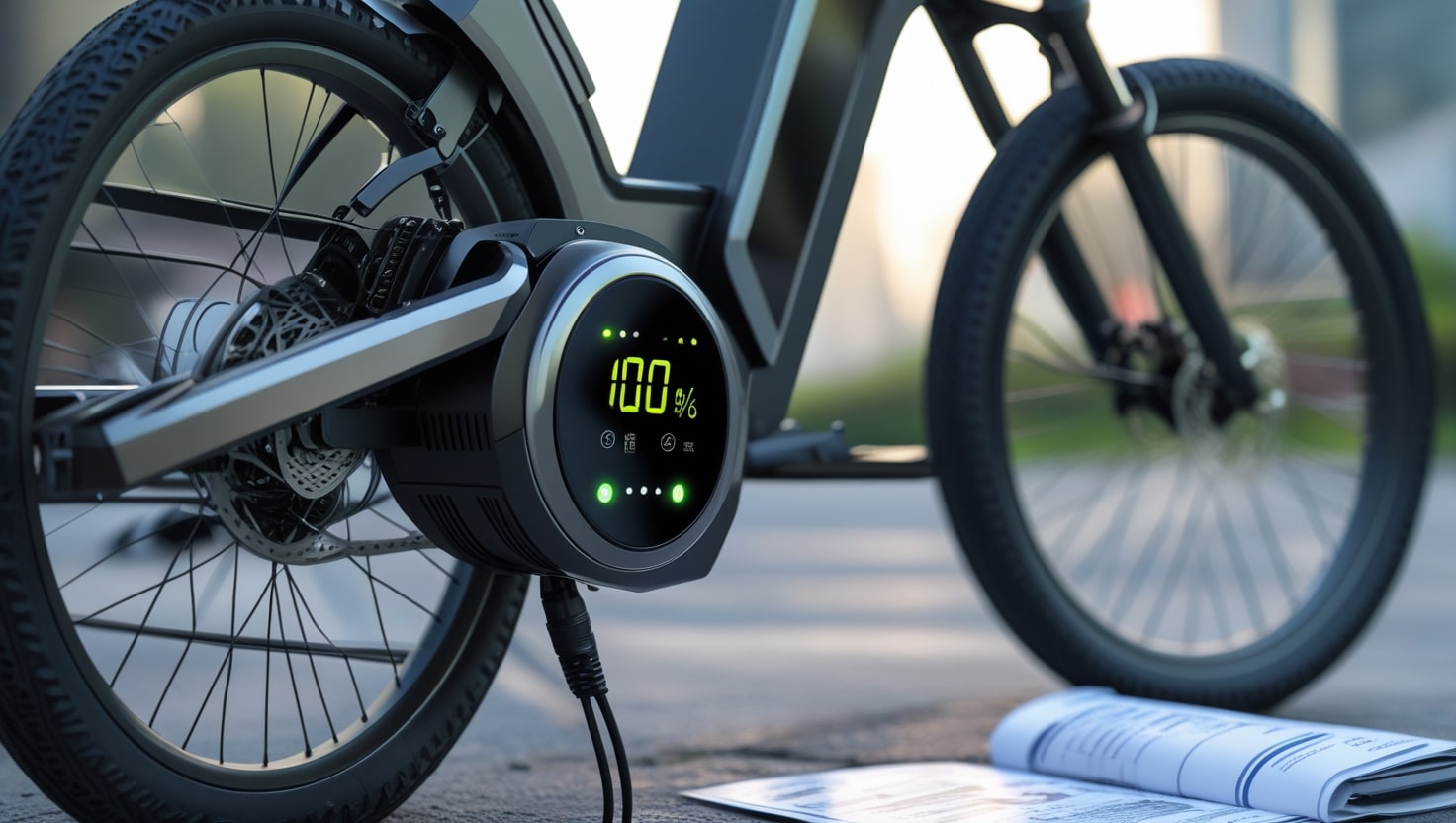Riding a fixed-gear bike can feel exhilarating, but knowing how to stop on a fixie bike is essential for safety. Imagine cruising through a busy street with your pedals always turning, only to encounter a pedestrian crossing unexpectedly. As a rider, you must remember that your speed can feel increased because your bike is in constant motion. Whether it’s a red traffic light or an obstacle in front of you, mastering this skill will make your rides smoother. When I bought my first fixie, I had some difficulty braking, so I focused on exploring methods and advice for effective stopping.
To stop efficiently, you can use the brakes on your handlebars or rely on your body to slow down. Both approaches work but take practice, as the fixed-gear system differs from traditional bikes. The key is understanding a few different techniques and finding what suits you best. Whether it’s learning the fact of applying pressure or handling the turning brake system, this guide will help explain everything you need to know.
Related: How to stop squeaky brakes on a bike
Should you ride with or without brakes?
Some fixed gear purists may argue that going brakeless is the ultimate riding style, offering unmatched pleasure and freedom. While it’s true that many riders have perfected this way, becoming highly capable of handling their bike without a brake, it’s important to consider practicality.
In several cities worldwide, brakeless bikes are illegal, so I strongly recommend having at least one brake on your bike. You can always remove it later if you have a valid reason to go fully brakeless, but starting with a safety-first approach ensures compliance and peace of mind.
How to stop a fixed-gear bike with brakes?

To stop a fixed-gear bike with brakes, start by pulling the hand brakes slowly to maintain control. Avoid abruptly halting your pedaling, as you must continue to move the pedals even while engaging the brake. A small amount of back-pedaling pressure can add supplementary resistance, but the primary stopping power comes from gently squeezing the front brake. If you use pedal straps or toe cages, be ready to release your legs to stay upright when coming to a complete stop.
Most fixed-gear bikes come with at least one front brake, which is often a legal requirement in many counties and municipalities. For additional safety, you can install a rear brake to enhance stopping power. If you don’t have pedal straps, consider some great options available to improve your control. These practical steps ensure a smoother ride while complying with the necessary safety standards.
Related: Why Are My Bike Brakes Squeaking?
How to stop on a fixie bike without brakes?
Riding a fixie is one of the most thrilling experiences on two wheels. However, with only one gear, fixed-gear bikes require a unique approach to braking compared to conventional bicycles. For beginners, this can be a challenge, as they may lack the confidence or technique needed to stay safe. Below are some proven strategies to help you.
1. Stop pedalling and relax your legs
When riding a fixie, your pedals are connected directly to the rear wheel, meaning you must rely on them to control speed and stop safely. Instead of acting on your first instinct to suddenly halt, remember to slow down gradually. As you’re coasting downhill, allow your legs to relax and spin freely, letting the momentum carry the bike. This approach minimizes strain on your muscles and helps you maintain focus while stopping efficiently.
2. Equip yourself with straps
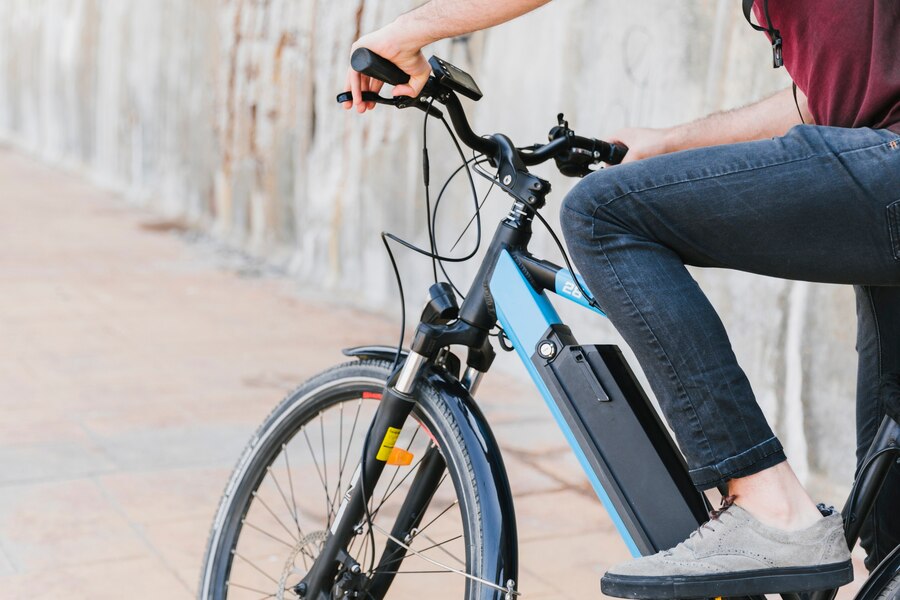
Straps are incredibly useful accessories for anyone who rides a fixed gear bike, especially when it comes to braking. By securing straps around your ankles, you can effectively transfer power from your legs to the pedals, enhancing your ability to push and pull with control. This method not only helps you apply the right resistance but also allows you to better manage the motion required to flip the pedal and bring your bike to a stop.
For this solution to work effectively, ensure you invest in quality straps and test them before hitting the road or track. A good fit will optimize the braking process and provide the confidence you need for safe stopping. Whether you’re pushing or pulling, this setup offers an excellent way to improve your control over your fixed gear bike.
Related: why does my motorcycle backfire?
Related: Florida Ebike Laws Exposed
3. Learn how to Skid
Mastering the skid stop is one of the coolest and most effective ways to control your fixie bike. To perform this, start by pedaling slower than you normally would until your foot almost comes to a complete stop. Then, suddenly halt the pedals, letting your feet create friction against the tires to slow down. The more pressure you exert on the pedals during this move, the more effective the method becomes at slowing your bike.
If you’re going downhill, combine this braking method with back-pedaling to scrub speed and control your descent safely. While this technique might feel a bit awkward at first, practice will make it seamless. Once you’ve got the hang of it, you can even impress other riders by pulling off a smooth skidding stop with just one foot, showing off your skills on a fixie like a pro.
4. Hop-stop to regulate your speed
The hop-stop, also known as the no-feet stop, is a creative way for a rider to bring a bike to a halt while maintaining good balance. This technique involves lifting your feet off the pedals and shifting your weight toward the back of the bike. Begin by pulling up with the foot on the descending pedal while staying unseated, causing the rear wheel to lift slightly into the air. This allows for greater control as you slow down.
As your rear tire comes off the ground, bring the pedals into position while in midair so you’re ready to land. When the tire touches down, there may be a minor skid effect, but your momentum will cause the wheel and pedals to spin again. Keep hopping the rear tire until you fully stop, reducing damage compared to traditional skid techniques, whether you’re riding strapless or using straps.
How is it safer to brake without brakes?

The direct connection between the pedals and wheels on fixie bikes allows riders to modulate speed with precision, which is crucial when riding on busy streets. Unlike traditional hand brakes, you can’t completely lock the rear wheel, making it easier to maintain a better sense of control. This feature also helps you safely navigate wet streets, as the braking action requires you to adjust your pedaling rather than abruptly stop, reducing the risk of skidding.
Related: Utah eBike Laws Exposed
Is it hard to stop on a fixed-gear bike?
Stopping a fixed-gear bike can be difficult at first, especially if you’re new to it, but it gets easier with practice and familiarity.
How to stop on a track bike
Stopping on a track bike is different from regular fixed gear bikes since it lacks brakes, including a front brake. Instead, the locking mechanism on the rear wheel serves as the braking system. When riding in a velodrome, there are no traffic lights or automobiles, as you’re moving in circles at high speed. To stop safely, you must gradually reduce your speed to maintain control. Keep pedaling, and as your cadence drops, the bike will eventually stop on its own.
What do you do if your bike brakes fail downhill?
If your bike brakes fail while riding downhill, focus on slowing your cadence gradually to bring the bike to a complete stop as soon as feasible. Attempting to stop the bike completely in one go might be riskier, so try riding in a zig-zag pattern to reduce speed. Once you’ve slowed down enough, carefully get off the bike to ensure your safety.
Why is a bike safer without brakes?

Riding a fixie without brakes might seem inherently dangerous, but the real safety of a bicycle depends on the operator. Many crashes happen not due to the lack of brakes but because people fail to pay attention to their surroundings, such as traffic or pedestrians. Maintaining an alert mindset while avoiding the urge to pedal faster is important for staying safe. By being mindful of your speed and staying aware, you can safely master the art of riding brakeless while turning it into a controlled practice.
1. Get in the mindset to pedal with caution
When you ride brakeless on a fixed-gear bike, the key is learning to slow down gradually to stop safely. Unlike slamming a front brake, this method gives you a longer time to react to what’s happening around you. While stopping quickly might seem like the goal, the truth is that reacting calmly and maintaining control helps you avoid potential accidents. If something gets in your way while you’re riding, it’s important to stay focused and ready for any situation.
To achieve a quick stop, practice resisting the pedals on your unbraked fixed-gear bike. This requires being in the right mindset, always pedaling with caution, and staying ready to resist at any moment.
2. Total control of the movement
The simplicity of fixie bikes with no gearing mechanisms ensures fewer distractions and better control over your speed. On a fixed gear bike, climbing hills becomes more manageable as you can use your legs to propel the bike forward. If you need extra power, you can stand on the pedals and let your body weight help push down. For riding downhill, you can rely on your feet and brakes by resisting the rotation of the pedals, giving you total mastery over your movement.
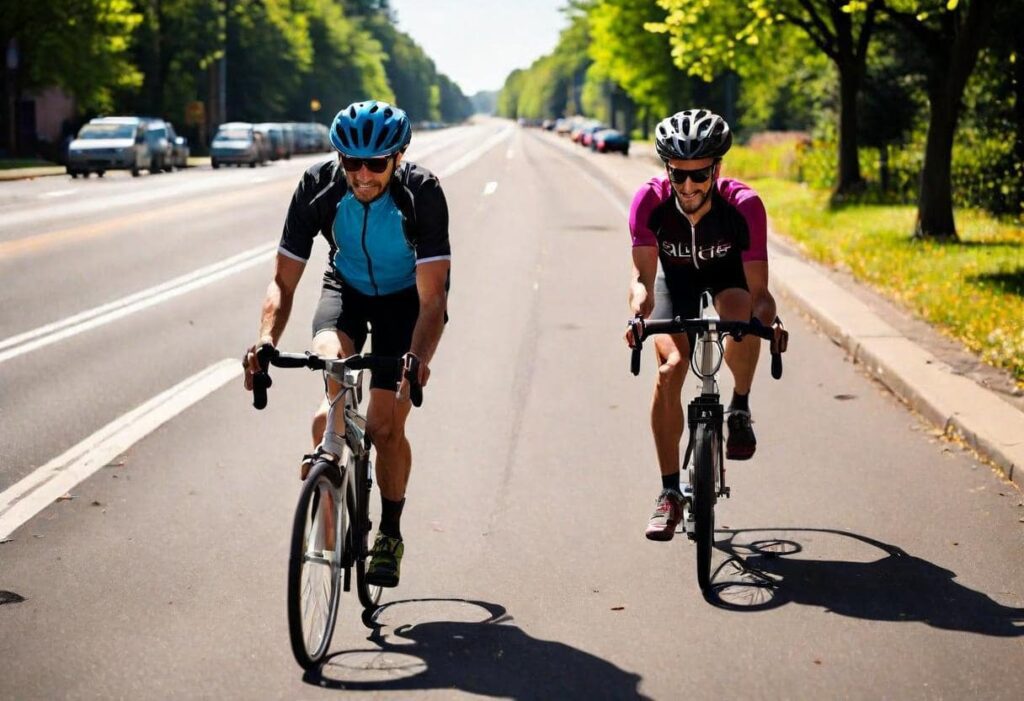
Frequently Asked Questions (FAQs)
Why would anyone buy a fixie bike?
A fixie bike is a perfect choice if you want a bicycle to commute to work, school, or simply enjoy a ride around your neighborhood. These bikes are stylish, fun, and require minimal maintenance. Plus, you can easily customize your ride by swapping out components like wheels and tires since there are no gears or derailleurs to worry about getting damaged. The entire installation process can be done in under 10 minutes, making it both practical and efficient.
What is a fixie bike and what are its advantages?
A fixed gear bike is exactly what it sounds like—a bike where the pedals are directly connected to the wheels through a fixed mechanism. This means that as the wheels turn, the pedals also move. Unlike single-speed bikes, which have a freewheel cog allowing the rear wheel to move independently, a fixie has no such feature. Some brands, like Steed, even allow riders to switch between the two styles, offering a versatile design.
The main advantage of a fixed gear bike is its simplicity. With just one gear and no shifters, it eliminates unnecessary stress and reduces the chances of parts breaking or wearing out. These bikes are highly reliable and incredibly durable, making them perfect for riders looking for a machine that will last a long time with minimal maintenance.
Final thoughts
Cycling is more than just a means of transportation; it’s a culture and a way of life. Owning a fixie bike is about more than practicality—it’s about being cool, stylish, and making a unique statement. Mastering how to stop a fixie without brakes not only enhances your skills but also delivers one of the best feel-goods you can experience from riding. It’s an unforgettable journey that combines learning, confidence, and a deeper connection to the joy of cycling.
Key takeaways
- To stop on a single-speed bike, simply use the hand brakes for a controlled halt.
- For a fixie bike with one brake, gently press the brake lever while slowing your cadence, gradually lowering it to make a safe stop.
- On a fixed gear or track bike with no hand brakes, use backpedaling to create resistance and scratch the wheels to slow down.
- Avoid using your foot to stop the front wheel, as this can lead to loss of control.
FAQs
How do you stop the fixed gear bike?
Stopping a fixie is quite similar to halting any regular bike. If your bike has a hand brake, simply pull it to slow down. Once the bike slows enough, place your foot on the ground to bring it to a complete stop. However, stopping a fixie without brakes can be more complicated and requires advanced techniques like controlling your pedaling cadence or backpedaling to slow down.
What happens if you stop pedaling on a fixed gear?
When you stop pedaling on a fixed-gear bike, your legs may get a brief rest, but the pedals will continue turning. If your bike includes footrests, the pedals will gently but firmly push and pull your feet. You can fight this movement by applying resistance, which helps to slow the bike down gradually.
What is the safest way to brake on a bike?
Using both front and rear brakes simultaneously is the safest way to slow or stop a bike. Apply just enough pressure to the front brake first, followed by the rear brake less than a second later. On a fixie, instead of pressing a rear brake lever, you can control your speed by adjusting your cadence and using resistance to slow or halt effectively.

